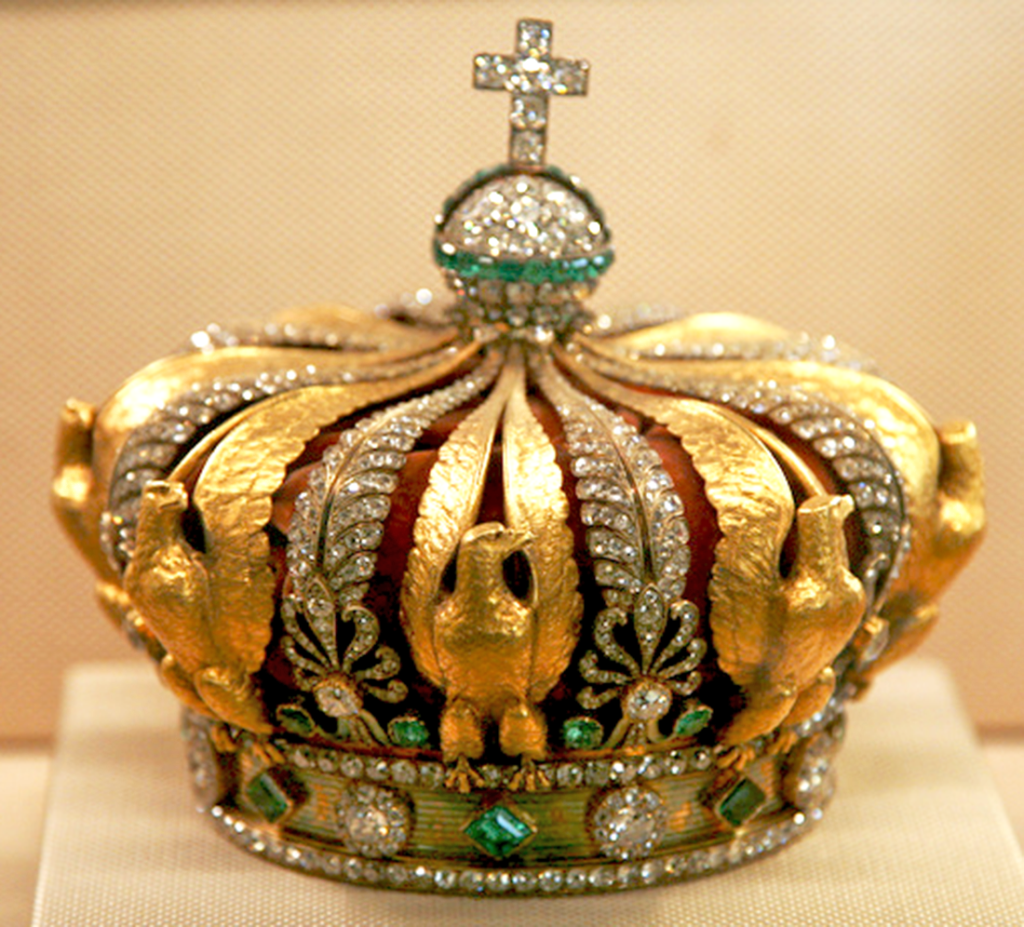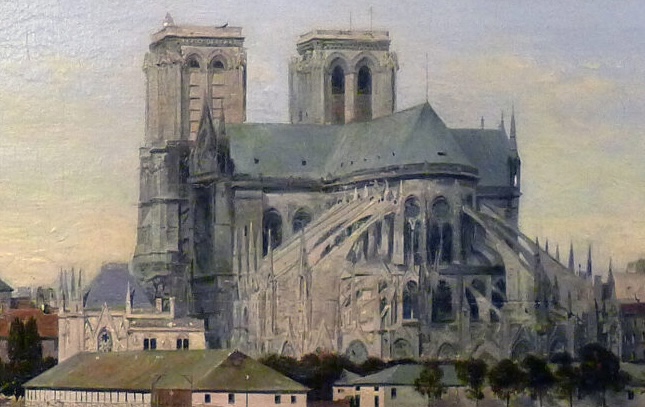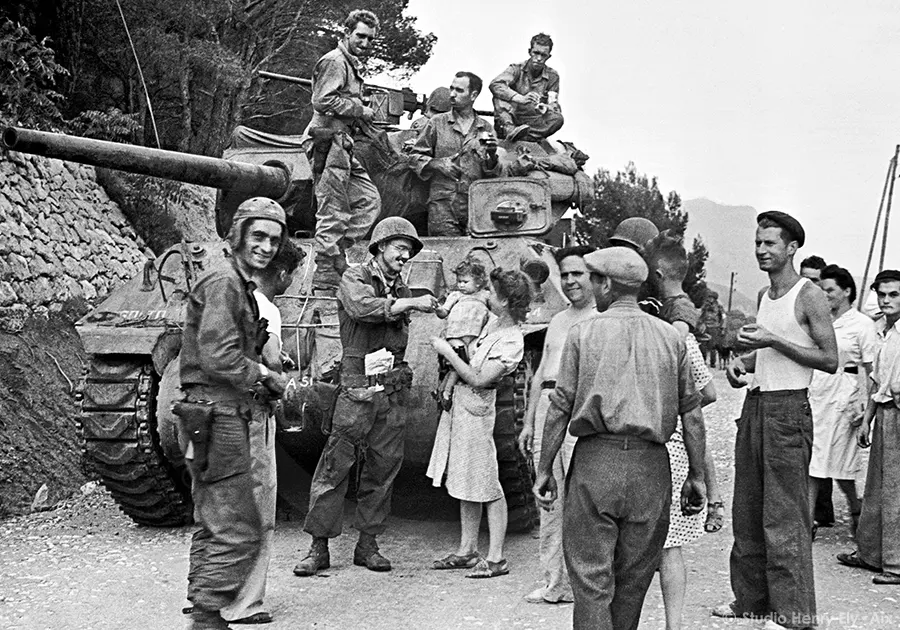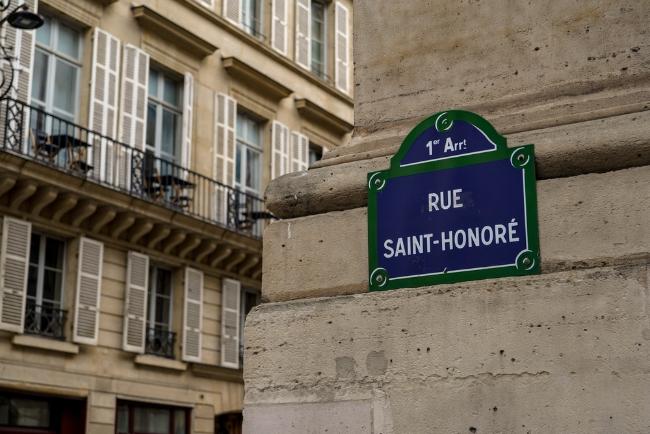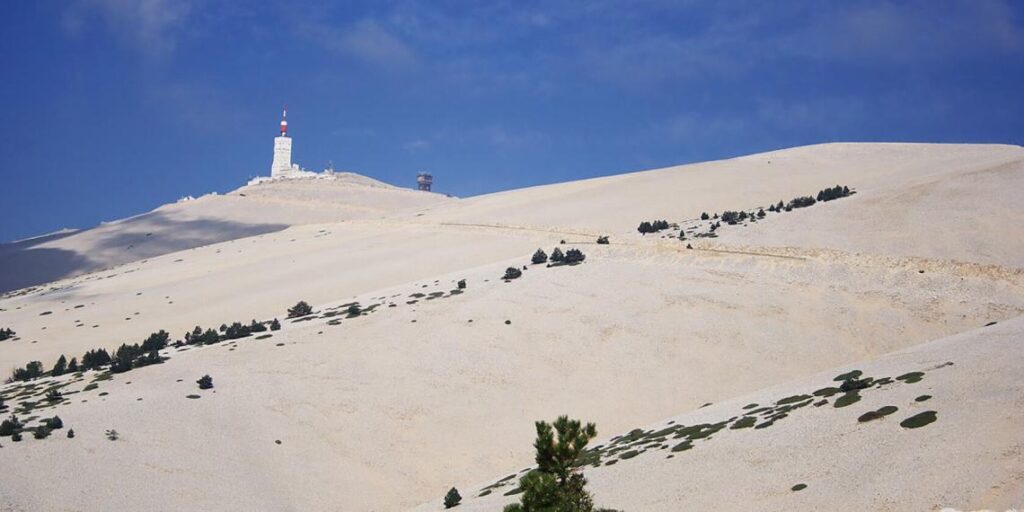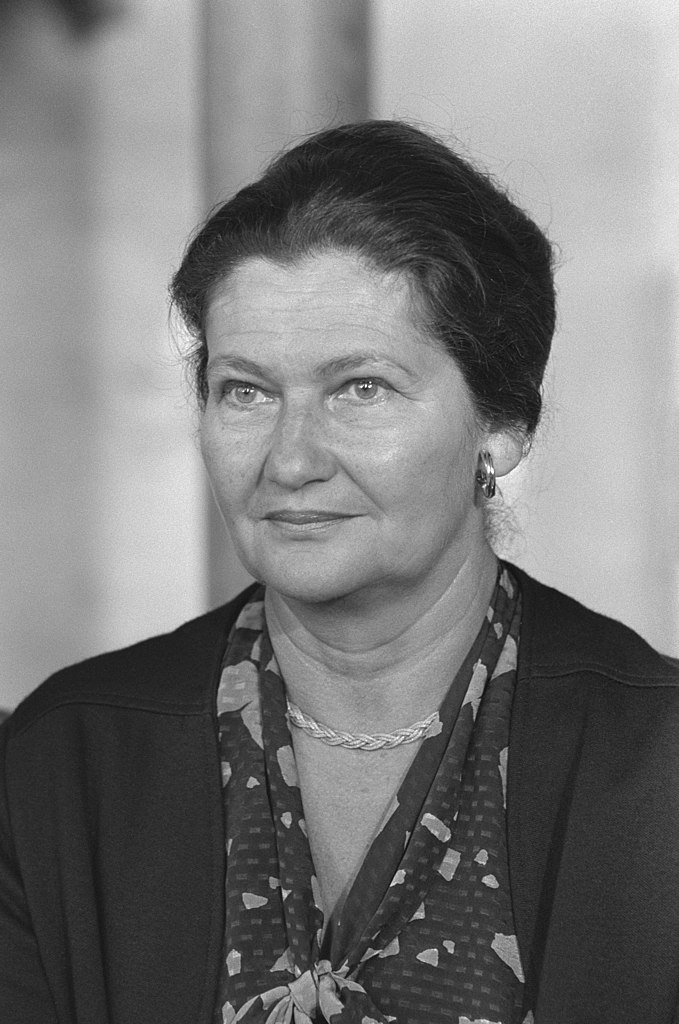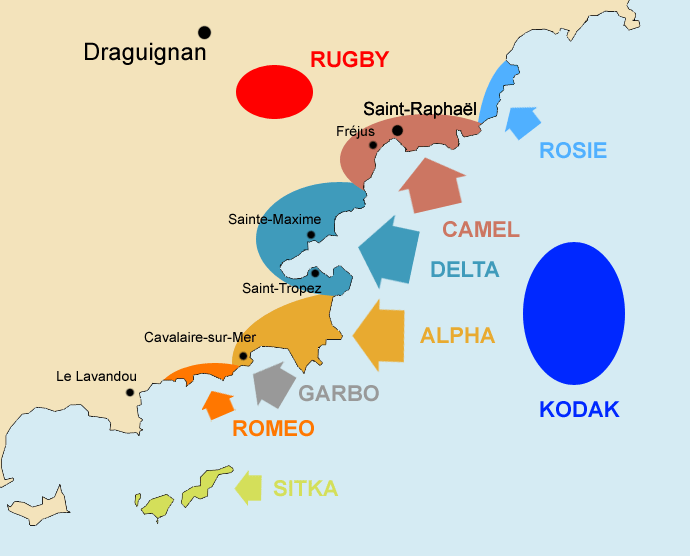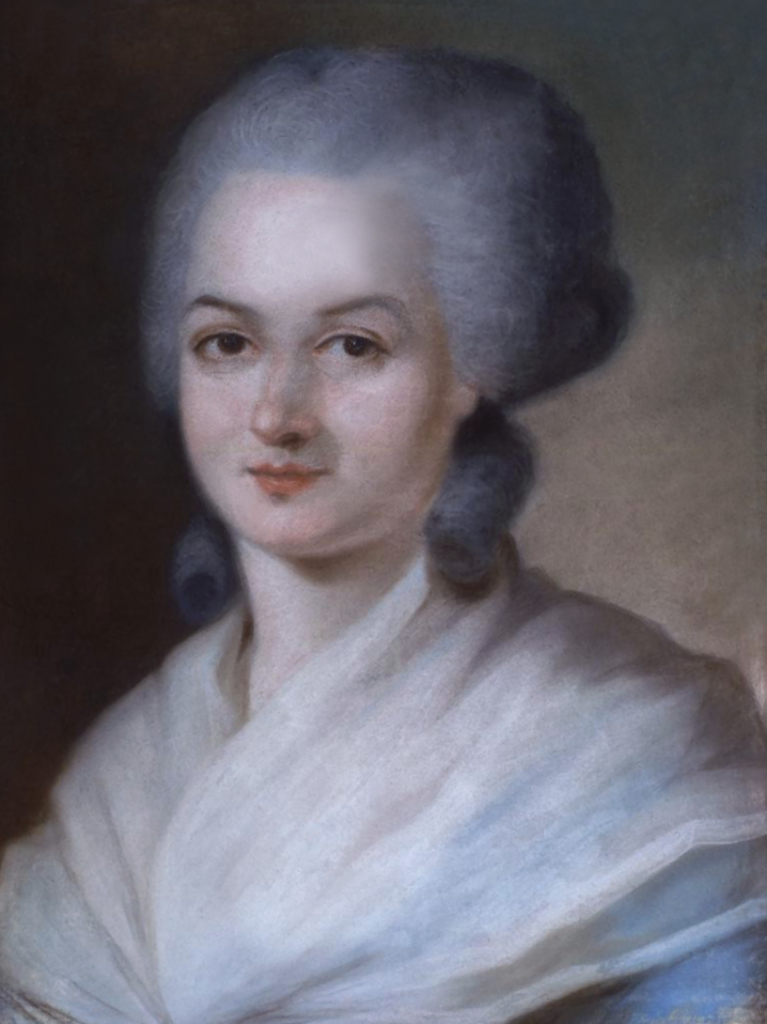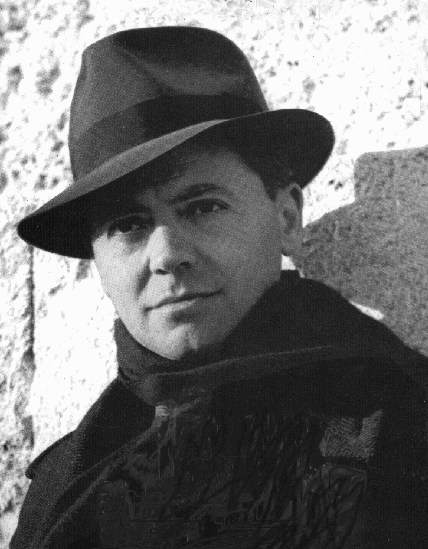
There is an excellent small museum near where Val and I live in St-Rémy that recounts the life of World War II hero Jean Moulin. It is well worth a visit if you are in the area.
For those unfamiliar with him, Jean Moulin is the man who unified the French Resistance before being captured by the Nazis. Despite being tortured and beaten, Moulin never revealed any secrets.
Today, his ashes are in the Pantheon in Paris, the final resting place of France’s greatest heroes, and his name is found throughout the country—only de Gaulle and Pasteur have more streets named after them.
The museum recounts Moulin’s life and has a brilliant re-creation of the night he parachuted in the middle into the mountains near St-Rémy–it is like you are there!
Read more about this great Frenchman in Perfectly Provence!

